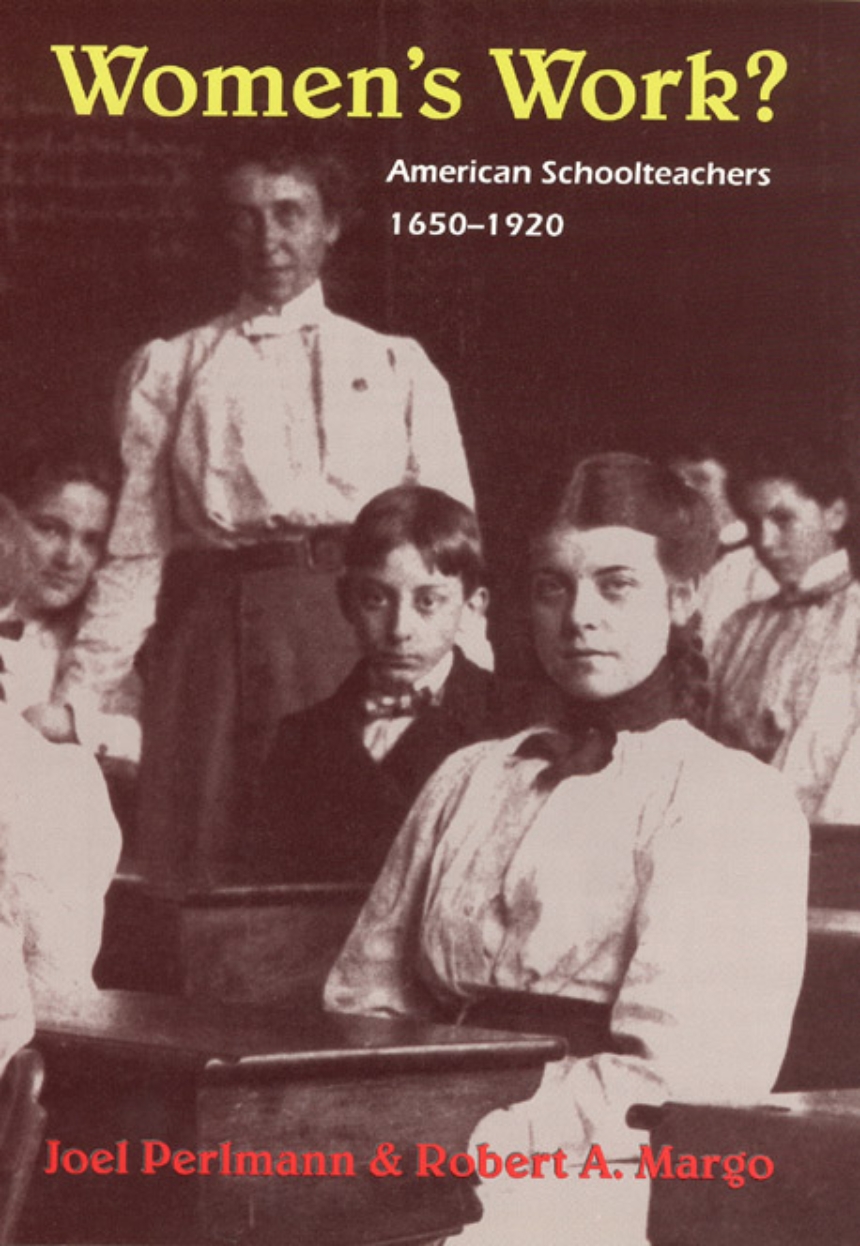Women’s Work?
American Schoolteachers, 1650-1920
American schoolteaching is one of few occupations to have undergone a thorough gender shift yet previous explanations have neglected a key feature of the transition: its regional character. By the early 1800s, far higher proportions of women were teaching in the Northeast than in the South, and this regional difference was reproduced as settlers moved West before the Civil War. What explains the creation of these divergent regional arrangements in the East, their recreation in the West, and their eventual disappearance by the next century?
In Women’s Work the authors blend newly available quantitative evidence with historical narrative to show that distinctive regional school structures and related cultural patterns account for the initial regional difference, while a growing recognition that women could handle the work after they temporarily replaced men during the Civil War helps explain this widespread shift to female teachers later in the century. Yet despite this shift, a significant gender gap in pay and positions remained. This book offers an original and thought-provoking account of a remarkable historical transition.
In Women’s Work the authors blend newly available quantitative evidence with historical narrative to show that distinctive regional school structures and related cultural patterns account for the initial regional difference, while a growing recognition that women could handle the work after they temporarily replaced men during the Civil War helps explain this widespread shift to female teachers later in the century. Yet despite this shift, a significant gender gap in pay and positions remained. This book offers an original and thought-provoking account of a remarkable historical transition.
192 pages | 49 tables | 6 x 9 | © 2001
Economics and Business: Economics--History
Education: Education--General Studies, History of Education
History: American History
Sociology: Social History
Women's Studies:
